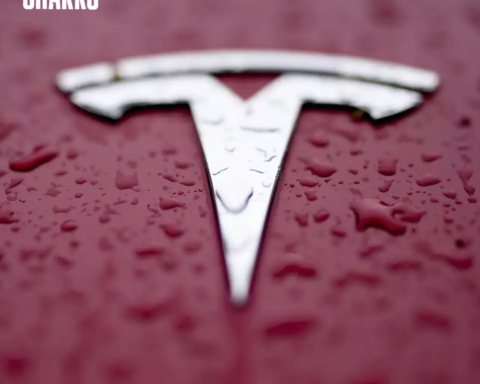Aston Martin Valiant: a track-focused supercar made for Fernando Alonso

What happens when Formula One ace and two-time World Champion Fernando Alonso asks his employer, Aston Martin, to assemble a new street automobile?
Introduction
What happens when Formula One ace and two-time World Champion Fernando Alonso asks his employer, Aston Martin, to build a new street car?
The answer is called Valiant, a track-focused but road-legal car from Q, Aston Martin’s bespoke commissions department.
Power and Performance
Following the release of the Valour, the Valiant is powered by the same 5.2-liter, twin-turbocharged V12 engine. However, the Valiant’s engine output has been increased to 735 horsepower.
Weight has been reduced with the use of magnesium, titanium, and 3D printing. The car’s muscular body is made entirely from carbon fiber, drawing styling inspiration from a 1980 Le Mans racer affectionately nicknamed ‘Muncher’ by Aston Martin.
Also read: ARMIN STROM’S 15 YEARS CELEBRATION WITH ONE WEEK MANUFACTURE EDITION
The massive V12 engine is paired with a bespoke, six-speed manual transmission, producing 482 ft-lbs of torque. Although Aston Martin hasn’t revealed a 0-60 mph time or a top speed, it’s expected to be highly competitive.
Engineering and Design
Aston Martin describes the Valiant as combining “the brutal style and blistering performance of a bygone evocative age of brutal V12 performance with state-of-the-art contemporary engineering, lightweight materials, and spectacular design.”
The Valiant is fitted with carbon-ceramic brakes as standard, featuring 410 mm rotors at the front and 360 mm rotors at the rear.
The use of 3D printing has saved 6.6 lbs from the rear subframe, while a magnesium torque tube reduces mass at the car’s center point by almost 19 lbs.
The 21-inch wheels, made from magnesium, reduce unsprung mass by nearly 31 lbs, and a motorsport-spec lithium-ion battery saves an additional 25 lbs.
Advanced Suspension System
The biggest difference between the Valour and the new Valiant is its suspension. The Valiant employs a motorsport-grade system called Multimatic Adaptive Spool Valve, which adjusts each damper to one of 32 discrete damper curves in under six milliseconds.
This system, not available on the public aftermarket, offers engineers “almost limitless scope for tuning ride and handling characteristics.”
Interior and Unique Features
The two-seat interior features satin-finish carbon fiber details, a half-cage, and mounting points for a four-point race harness.
The rear end distinguishes itself from the Valour with a large, fixed wing and an upwards-sweeping ‘Kamm’ tail. The rear also includes a fixed, one-piece clamshell opening with a hinged real screen panel for helmet and race suit stowage.
Additionally, the Valiant boasts a prominent exhaust system with four titanium tailpipes styled for maximum visual impact. The cockpit uses exposed carbon fiber with a satin finish, a unique steering wheel, and an H-pattern shifter for the manual transmission.
Conclusion
Simon Newton, Aston Martin’s director of vehicle performance, commented, “With Valiant we’ve shifted the emphasis towards much increased track capability while retaining enough usability to remain enjoyable on the road…It all combines to create an amazing experience Valiant owners won’t find in any other car.”
Aston Martin says the first Valiant deliveries will commence in the fourth quarter of 2024, with Fernando Alonso receiving the first.
Share This
Tony Boyce is a seasoned journalist and editor at Sharks Magazine, where his expertise in business and startups journalism shines through his compelling storytelling and in-depth analysis. With 12 years of experience navigating the intricate world of entrepreneurship and business news, Tony has become a trusted voice for readers seeking insights into the latest trends, strategies, and success stories.























